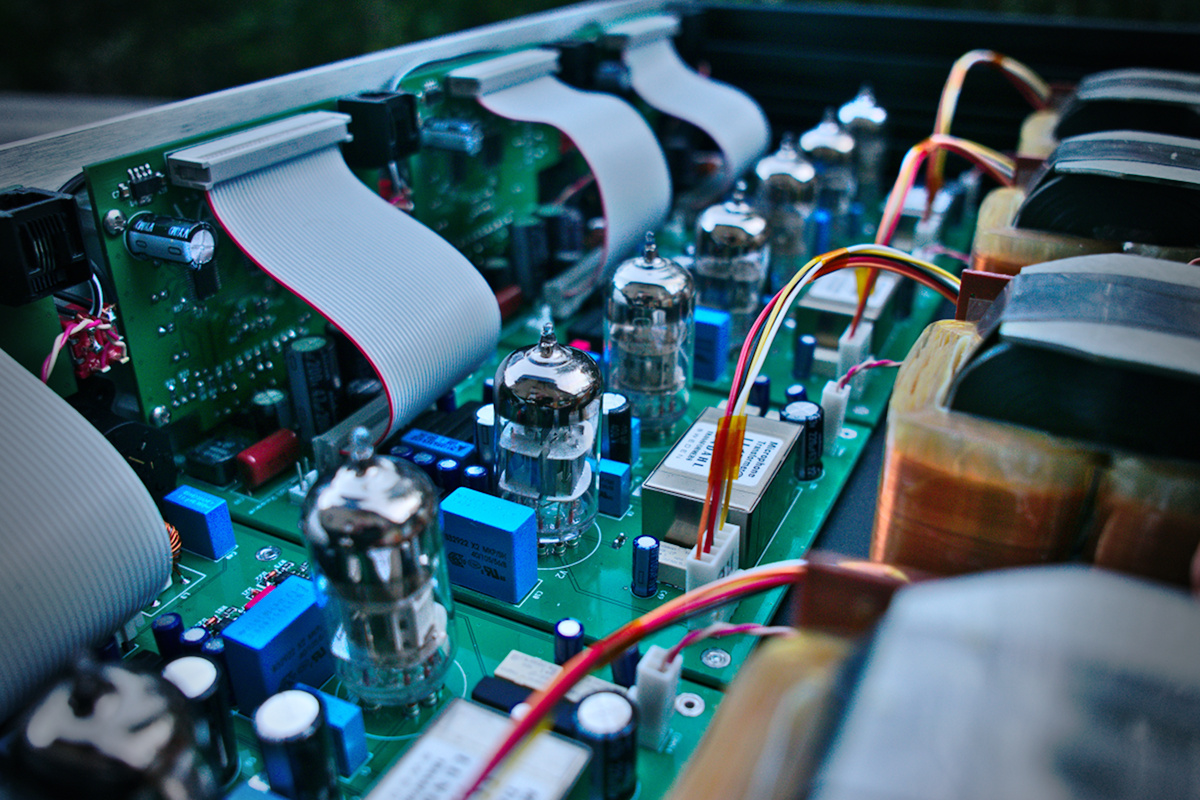Yeah, no need to reinvent the wheel, but I would like to design a mic preamp. Main goal is to learn more about tube circuits in the process.
After studying and successfully building a dual Mila preamp, I think I can do it.
The design will be simple: 3 common cathode amp stages with negative feedback (maybe last stage will be SRPP) using 2 dual triodes. I've already done some homework, about choosing right cap/resistor values for a given tube and building a PSU.
At this point I'm choosing the transformers and tubes.
1) I would like to use Carnhill or Lundahl transformers, because they are easy to get and not as expensive as some other brands. Which turns ratio would you choose? What would be advantages/disadvantages of having higher/lower turn ratio?
2) Which tubes would a good candidates? I would prefer tubes that are still manufactured. Maybe 12AX7, 12AU7 or 12AT7?
I've read/watched youtube about technical stuff, but I would like to hear your personal opinions.
After studying and successfully building a dual Mila preamp, I think I can do it.
The design will be simple: 3 common cathode amp stages with negative feedback (maybe last stage will be SRPP) using 2 dual triodes. I've already done some homework, about choosing right cap/resistor values for a given tube and building a PSU.
At this point I'm choosing the transformers and tubes.
1) I would like to use Carnhill or Lundahl transformers, because they are easy to get and not as expensive as some other brands. Which turns ratio would you choose? What would be advantages/disadvantages of having higher/lower turn ratio?
2) Which tubes would a good candidates? I would prefer tubes that are still manufactured. Maybe 12AX7, 12AU7 or 12AT7?
I've read/watched youtube about technical stuff, but I would like to hear your personal opinions.



